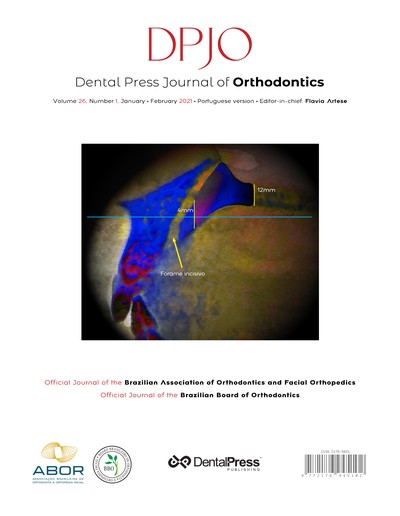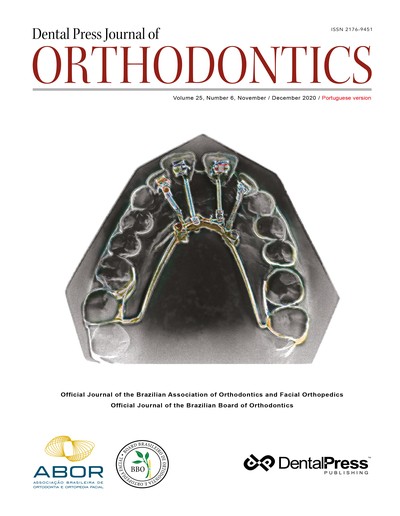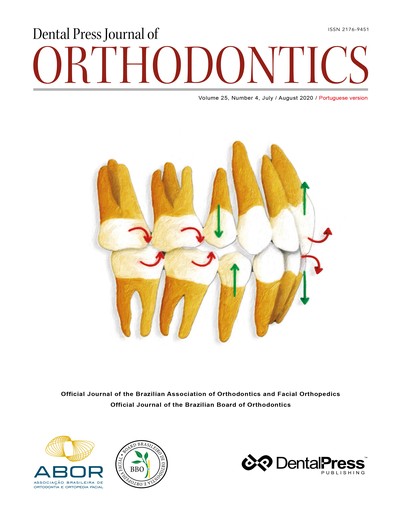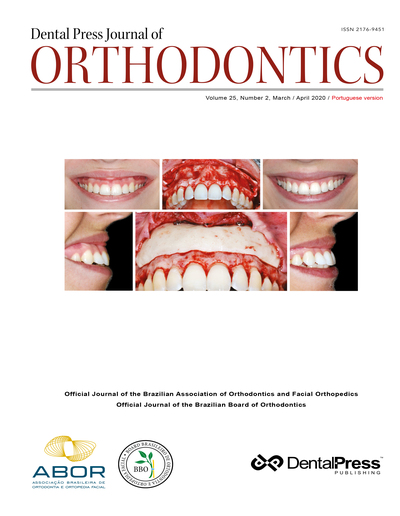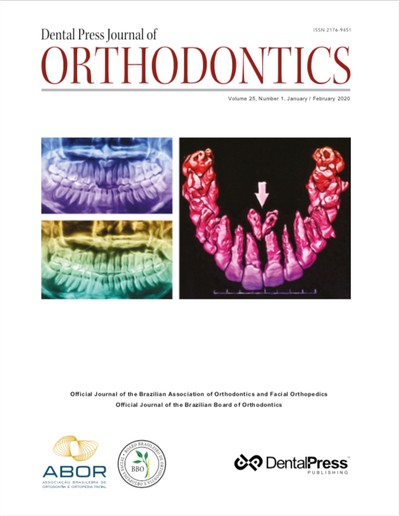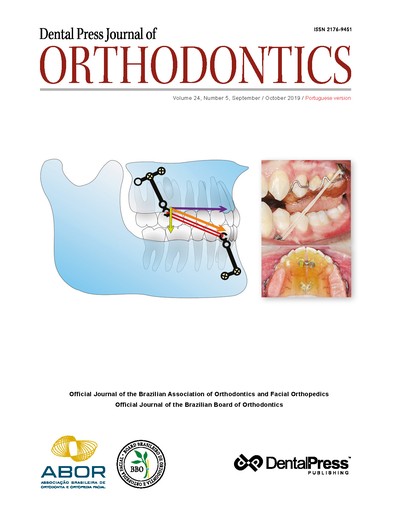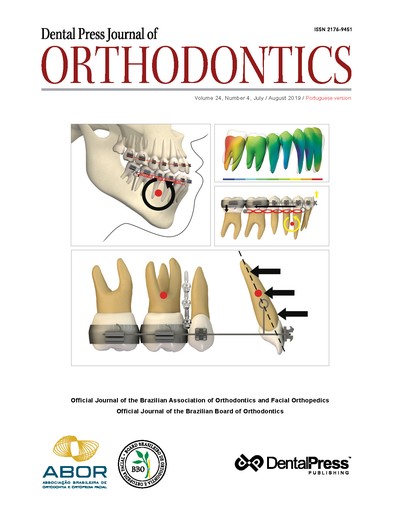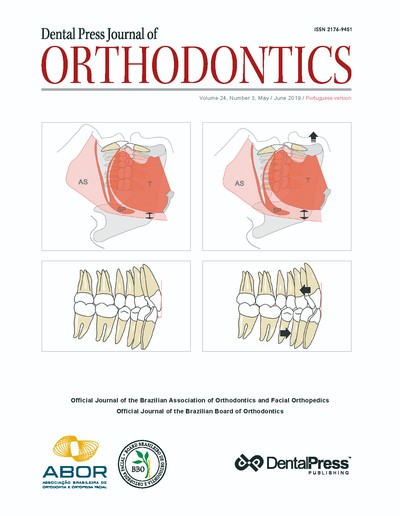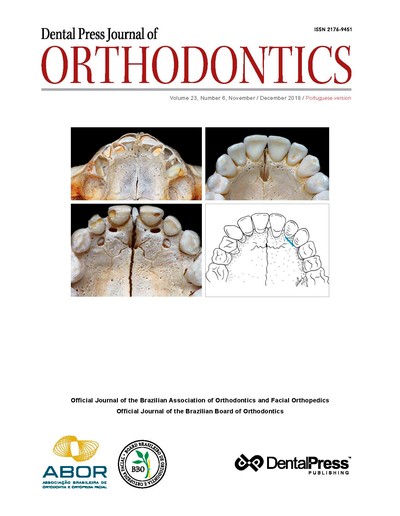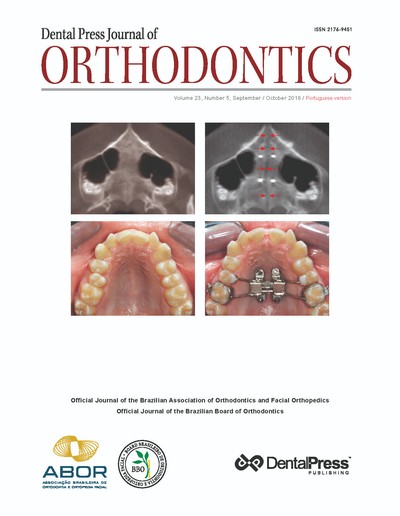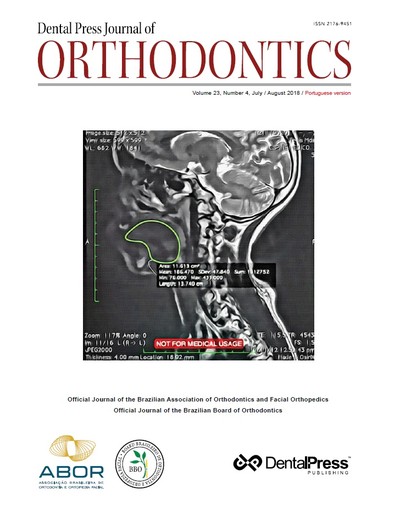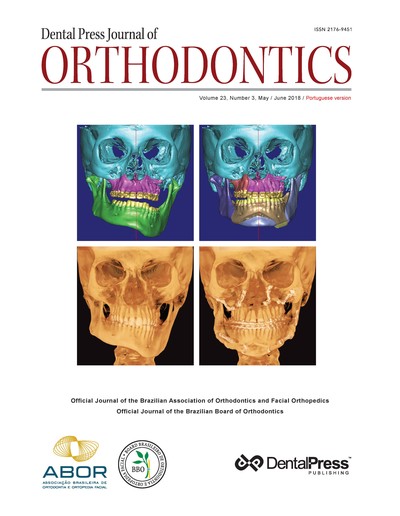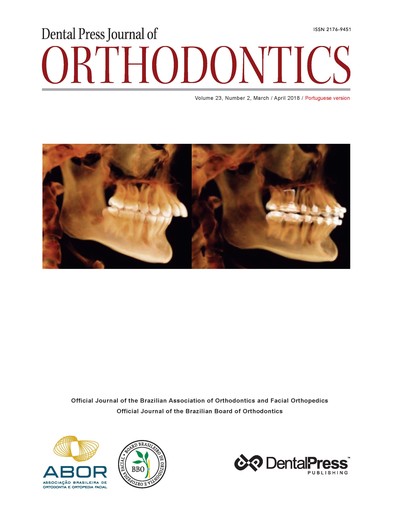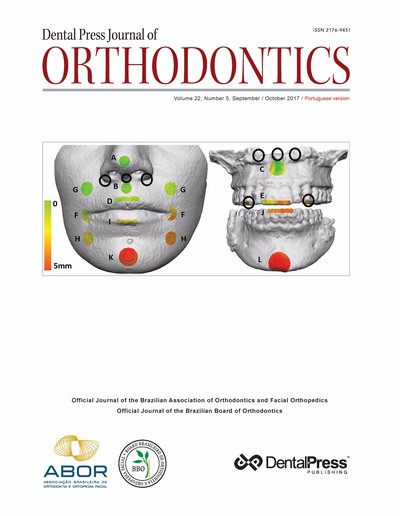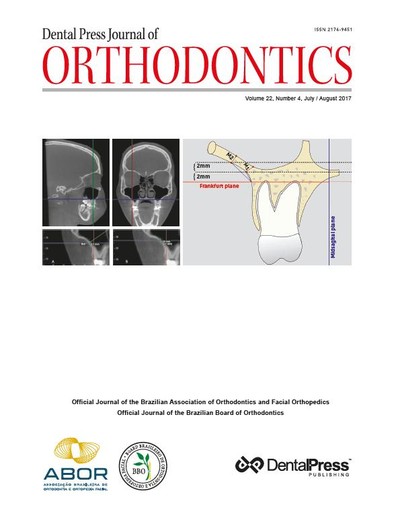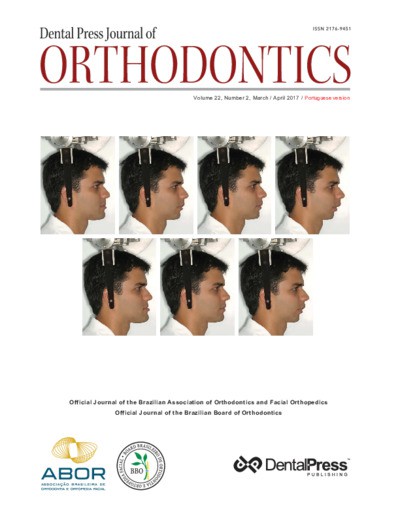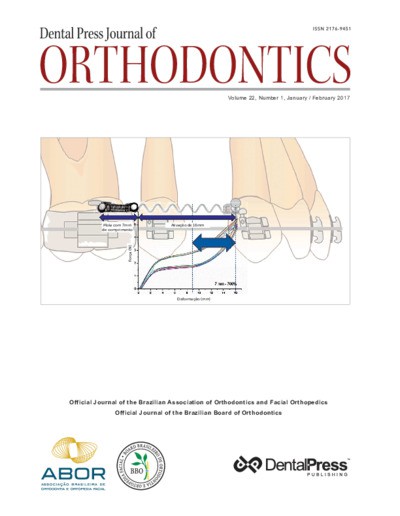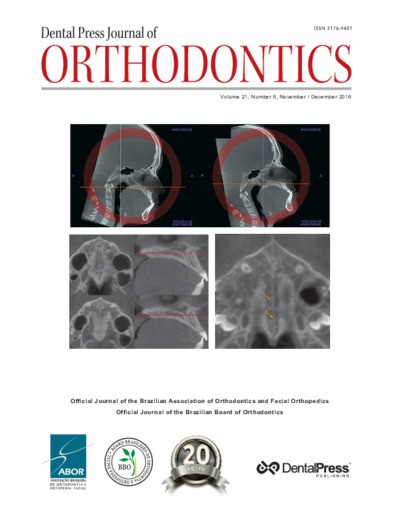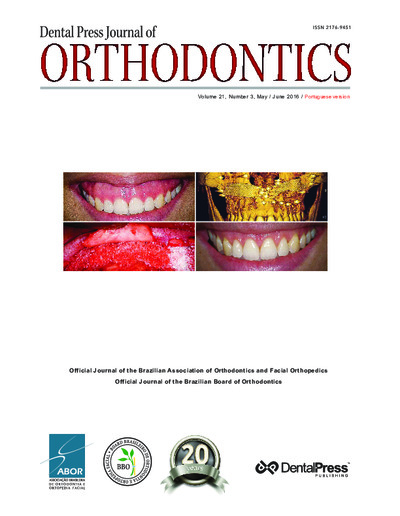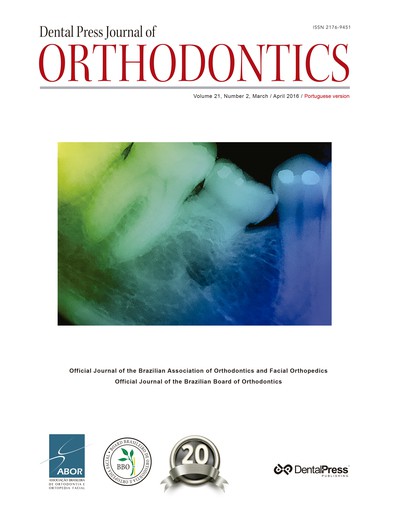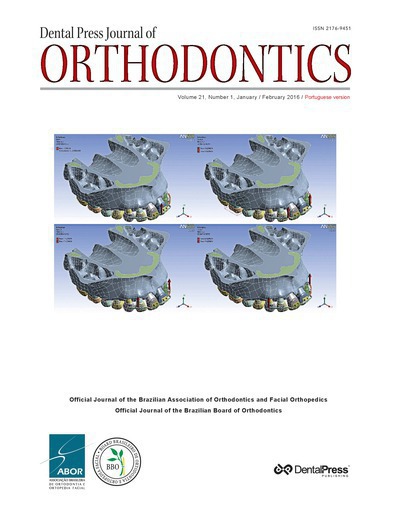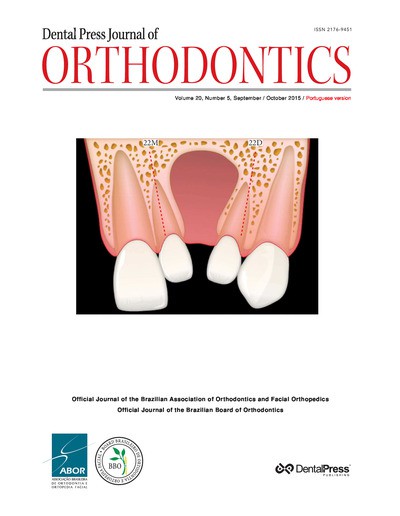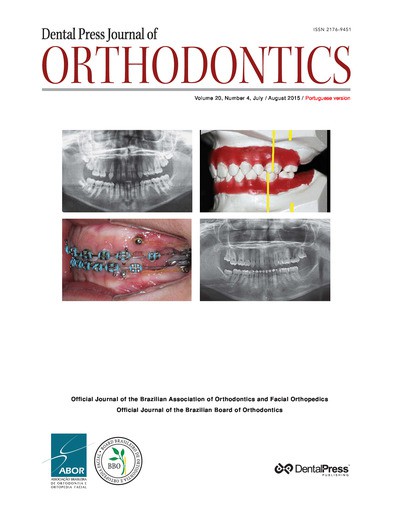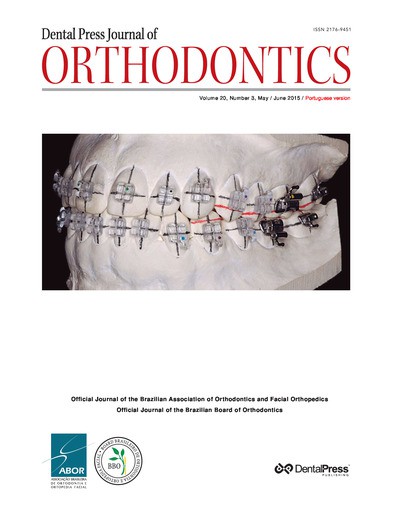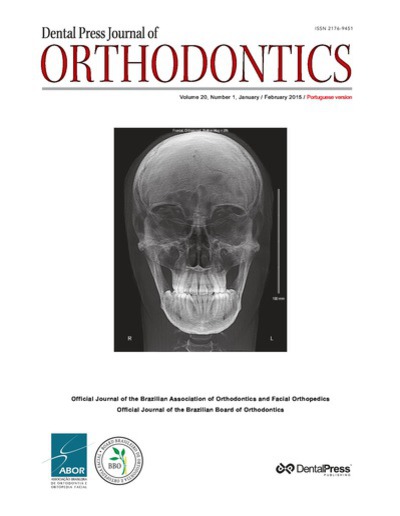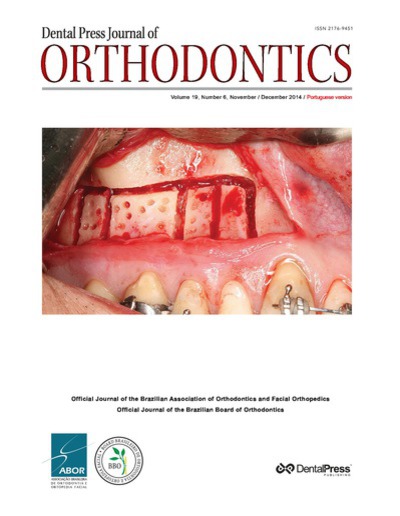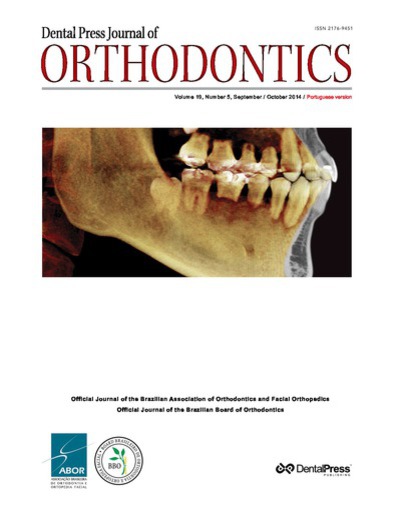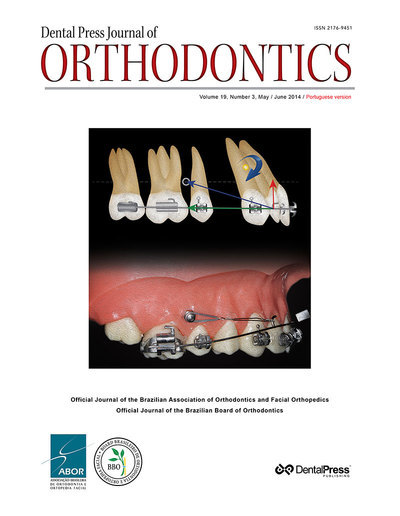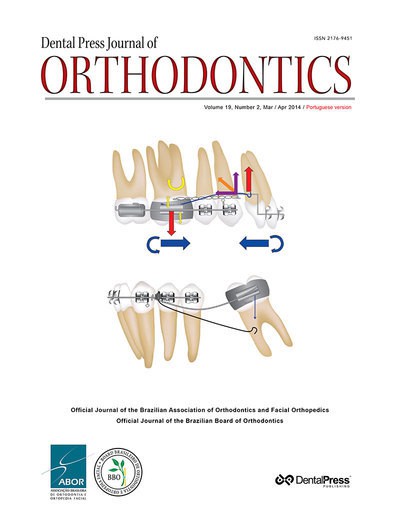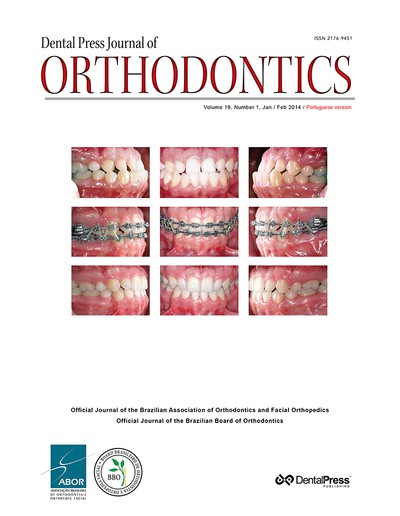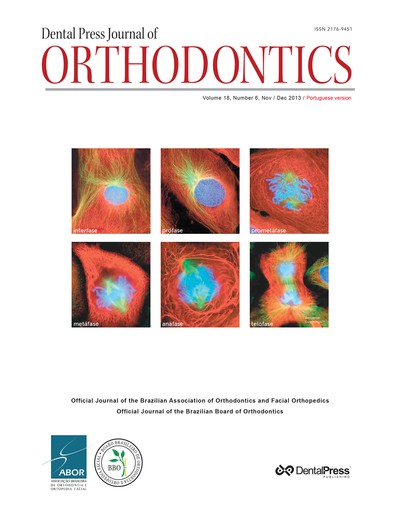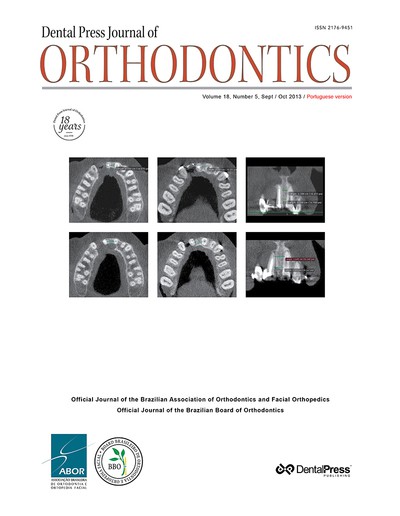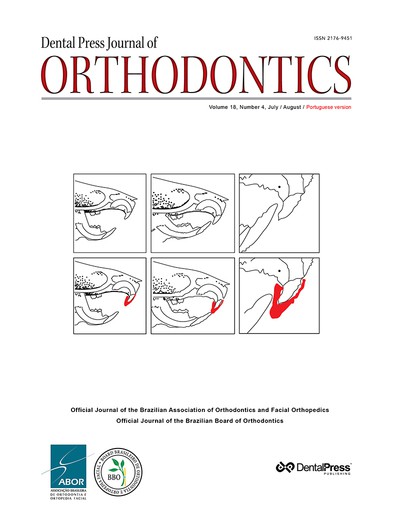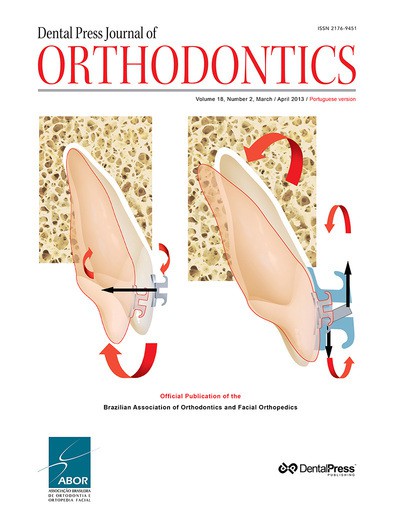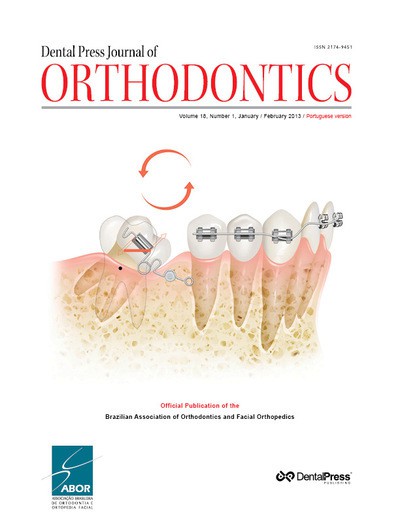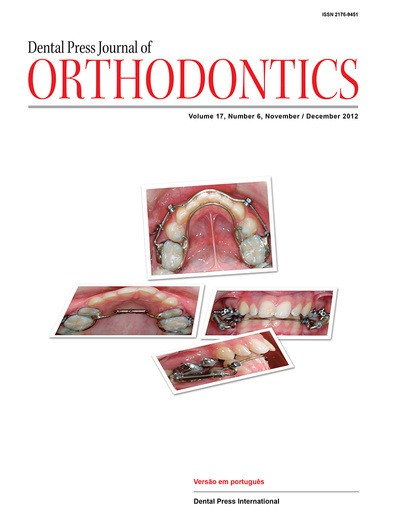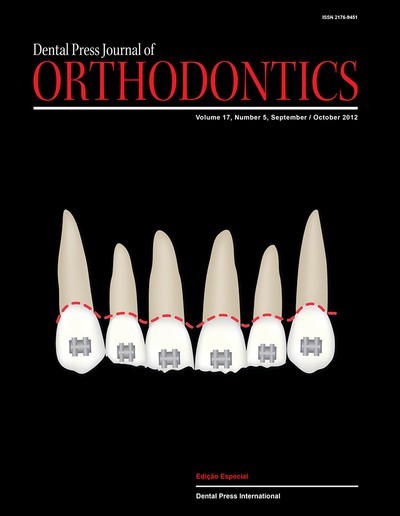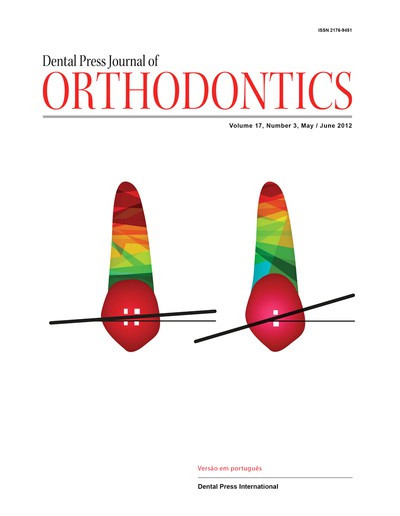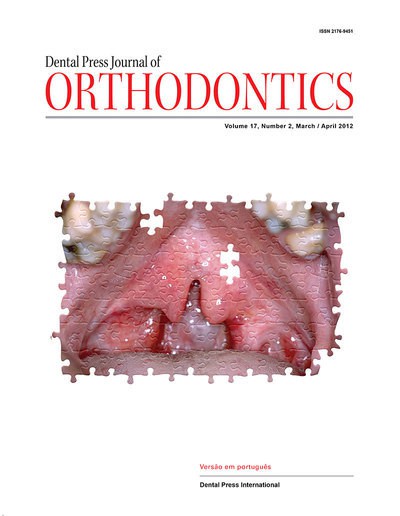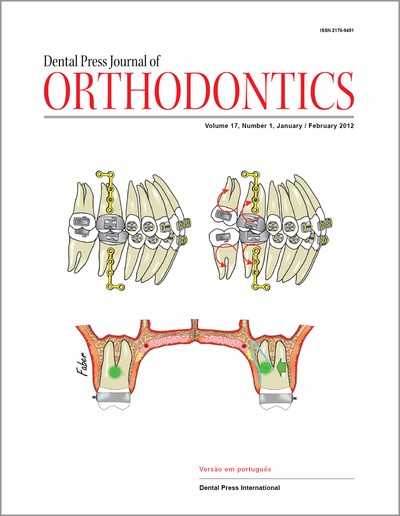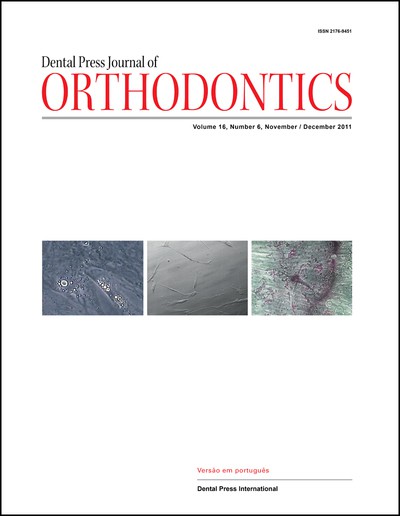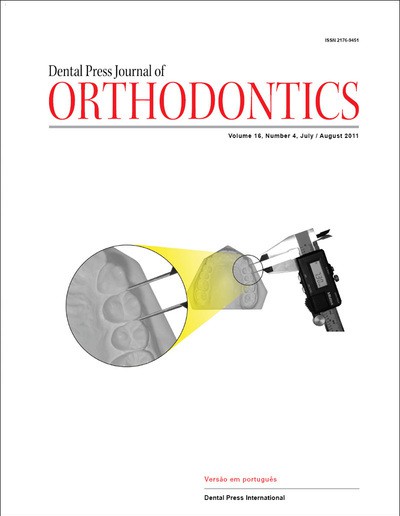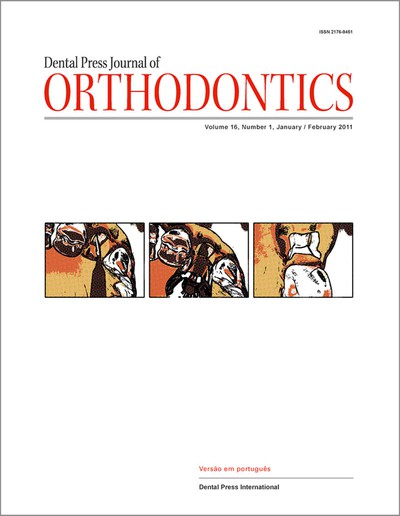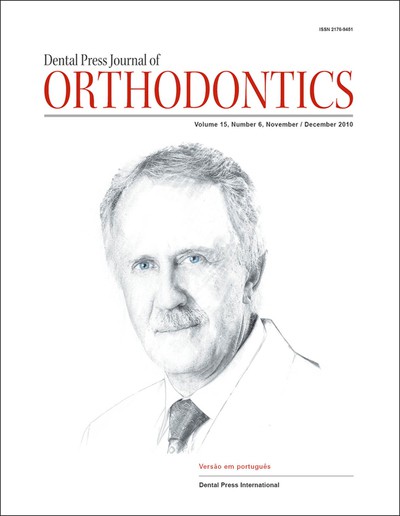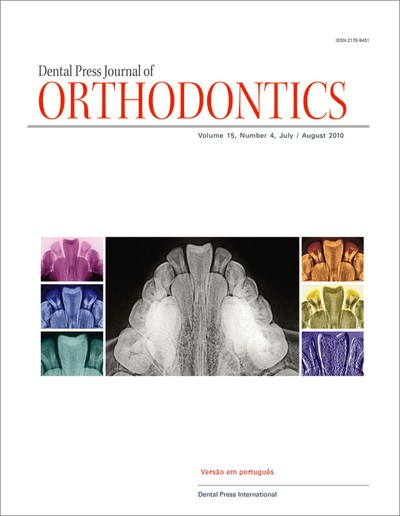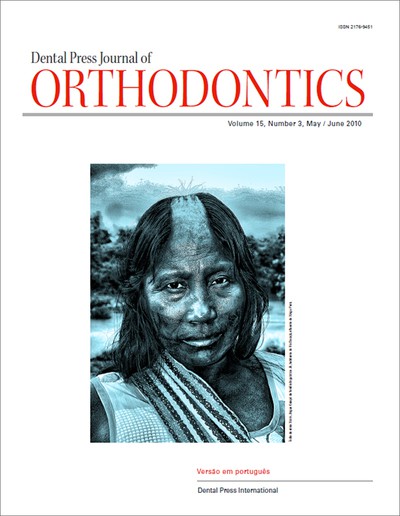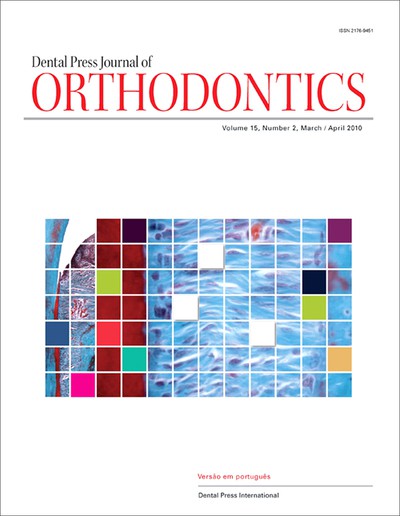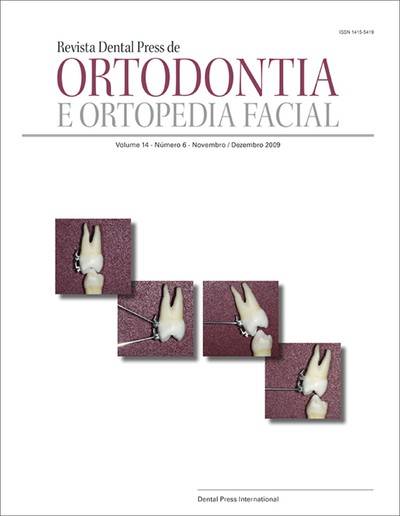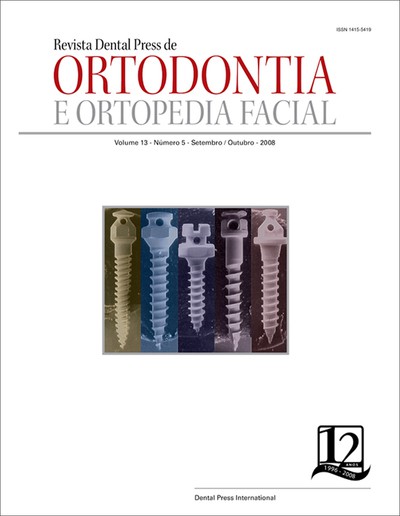
Skeletal Class III malocclusion treatment using mandibular and maxillary skeletal anchorage and intermaxillary elastics: a case report
Mehrnaz FAKHARIAN, Erfan BARDIDEH, Mostafa ABTAHI
Introduction: Skeletal Class III malocclusion is one of the most challenging malocclusions to treat. In around 40% of Class III patients, maxillary retrognathia is the main cause of the problem and in most patients, orthopedic/surgical treatments includes some type of maxillary protraction. Objective: The aim of this case report was to describe a treatment method for a patient with maxillary retrognathia and Class III skeletal discrepancy using mandibular and maxillary skeletal anchorage with intermaxillary elastics. Case report: A 13-year-old boy with maxillary retrognathia and mandibular prognathism was treated using bilateral miniplates. Two miniplates were inserted in the mandibular canine area and two other miniplates were placed in the infrazygomatic crests of the maxilla. Class III intermaxillary elastics were used between the miniplates. Results: After eight months of orthopedic therapy, ANB angle increased by 4.1 degrees and ideal overjet and overbite were achieved. Mandibular plane angle was increased by 2.1 degrees and the palatal plane was rotated counterclockwise by 4.8 degrees. Conclusion: This case showed that the skeletal anchorage treatment method may be a viable option for treating patients with Class III skeletal malocclusion.
Keywords: Jaw abnormalities. Retrognathia. Maxillary retroposition. Functional orthodontic appliance. Bone plates.
How to cite: Fakharian M, Bardideh E, Abtahi M. Skeletal Class III malocclusion treatment using mandibular and maxillary skeletal anchorage and intermaxillary elastics: a case report. Dental Press J Orthod. 2019 Sept-Oct;24(5):52-9. DOI: https://doi.org/10.1590/2177-6709.24.5.052-059.oar
Wednesday, February 05, 2025 05:37








